Because it has never been a unified religion, Taoism’s beliefs are based on a series of teachings based on different revelations.
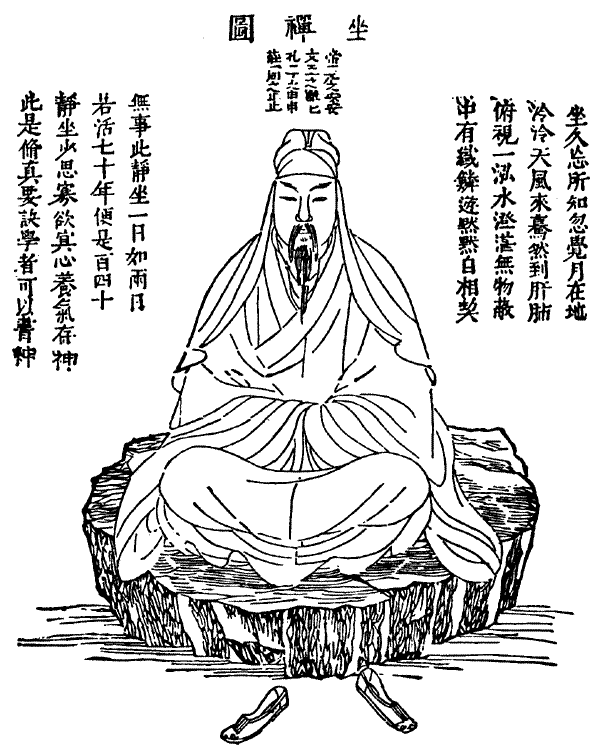
Followers and practitioners of Taoism believe in the personal values of each individual, the morality and ethics of each action, and certain common social norms that allow for the harmonious development of each person.
Religion. Taoism. Faith.
Today there is a tendency to rescue the essence of Taoism as a search for balance and harmony in times of conflict and dehumanisation.
The beginnings.
The creation of Taoism is attributed to Lao-Tse, an ancient Chinese master who lived around 600 BC. The basic principles of the movement can be found in a book written by this philosopher, although many still doubt that he actually existed. His followers claim that he left behind a work of cryptic sentences that, by their very nature, are open to different interpretations.

Lao-tse was a contemporary of Confucius, but each followed a different doctrinal path. The Tao revolves around two main axes: Tao-chia, which develops the political idea that a wise ruler leads his people through wisdom rather than force, and Tao-chiao, which promotes a mystical worldview in which individuals can free themselves from passions and ambitions and find liberation in a spiritual realm that culminates in immortality.
Characteristics:
With what we have seen so far, it is possible to list some of the defining characteristics of this religious and philosophical doctrine, in this sense, Taoism:
- It is a religious and philosophical doctrine that does not have a specific founder, nor an exact date of origin, it is rather an evolution of ideas about how the universe came into being and what are the forces that intervene day by day.
- It postulates the harmony of man with the Tao, which is an abstract concept without a specific definition, but which is conceived as an element present in all things and beings.

- It does not welcome behaviour that leads to war, submission, subjugation, greed, prejudice, inequality, conventions, taboos and other negative values or aspects.
- It does not have a clear and strict dogma by which its followers must be fully guided.
- It emphasises the virtues of self-denial, kindness, self-sacrifice, mercy, compassion, etc.
- They have an idea that focuses on the notion of giving, either by giving back to nature or to another person.
- It encourages honesty.
Symbology.
The most important Taoist symbol is known as the Taijitu, popularly known in the West as the Yin-Yang graphic. The Taijitu represents the opposition and complementarity of active and passive forces. Today it is one of the most recognised symbols in the world, although many in the West are unaware of its true meaning.

The main beliefs of Taoism.

The beliefs and postulates of this religion also stipulate that there are cases in which these wandering souls can attain the status of a deity and be worshipped within Taoism, but there must be a series of certain circumstances, the most important of which is to have lived on the basis of pure morality and to have died in heroic circumstances.
Those who follow the beliefs of the Tao know:
- that the secret to happiness is to live in harmony with nature, without trying to distinguish oneself from others, and without trying to radically change the fate of the world.
- The reward of the Tao is long life and immortality, understood in two ways: eternal life in a transformed body and, in a more symbolic sense, spiritual liberation that exists beyond time.
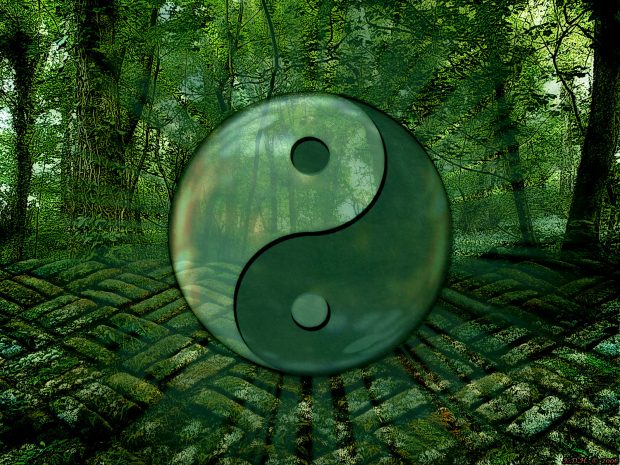
- It is the simple and spontaneous way for rulers and ruled to govern themselves and each other and to live in harmony with nature.
- They believe that there is an energy that sets the universe in motion, an energy that is present in all the elements of nature and in human beings. From this perspective, the harmonious growth of this vital energy (with the balance between Yin and Yang) is the key to a long and happy life. The lack of balance between Yin and Yang can lead to
Classical texts.
The two classical texts of Taoism are the Tao-te-Ching and the Chuang-tzu. They teach that through the harmony of the forces of Yin and Yang (inner-outer, feminine-masculine, mind-body) a person can reach a state of mind that leads him away from good or bad fortune without being aware of it.

DAO
The Dao, Tao or Way is the energy that manifests and governs all living things on earth and in the universe. Characteristic:
- The basis of the natural, non-human order
- Acts in human history through avatars or messengers
- Unlimited state before the emergence of Yin and Yang, symbolised by the infinite circle
is empty, amorphous, shows no predetermination, nameless.
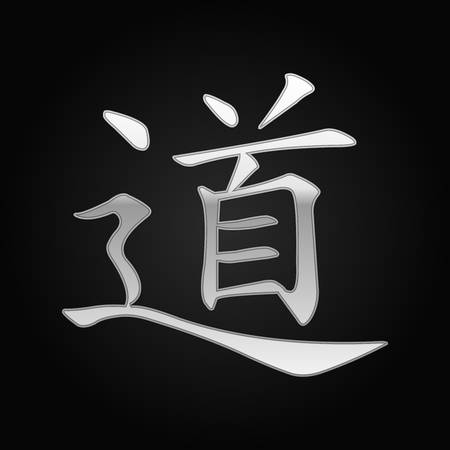
The Great Dao has no form and is the origin of heaven and earth. It has no emotions, it controls the sun and the moon. The Great Tao has no name and has always nourished the ten thousand beings.
Manifestations of the Tao.
There are 10 identifying signs of virtue: emptiness, spontaneity, purity, tranquillity, inaction, simplicity, kindness, optimism, flexibility, non-violence. To reach the state of maximum union with the Dao, it is necessary to accumulate a lot of virtue or De.
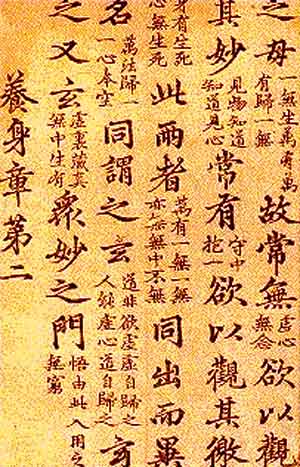
FROM
It is the active expression of the Tao. It is a complex Chinese concept that encompasses power, virtue and integrity. It is the active worship or active living of the “Way” or Tao.
WU-WEI
This is a fundamental concept in Taoism. The literal translation of Wu-Wei is “without action”. It is usually expressed by the paradox wei-wu-wei, “action without action” or “doing without effort”.
The Tao teaches that in order to progress in virtue, it is necessary to practice the procedure of “active inactivity” (wu-wei), the tireless pursuit of perfection with the peaceful, constant and serene overcoming of imperfection. It is not a matter of fighting the flow of universal energies, but of moving with them and using them to progress in a balanced existence, like the sailor who skilfully gathers the wind in the sails of his boat for the benefit of his route.

Holy sites
There are 10 major temples and 36 minor temples scattered throughout China. Most are in the mountains and in Zhejiang province.
There are 72 Taoist holy places or shrines called fudi, and among the temples and holy places there are two UNESCO World Heritage Sites: TAISHAN, WUDANGSHAN ENHUBEI and others. Almost all religious activities are confined to these temples.

Taoism. Personal Harmony.
In order to understand the Taoist doctrine of personal harmony, it is necessary to take into account the permanent antagonism between Confucianism and Taoism.
Confucianism is based on individual education and pays particular attention to the virtues of man: justice, charity, interpersonal relationships and forms of courtesy; Taoism, on the other hand, seeks to educate society from its foundations and in a global way, so that in the eyes of Taoism these virtues of Confucianism are no more than more or less superficial attitudes, even hypocritical, aimed at mutual deception in the heart of a society that is intimately selfish.
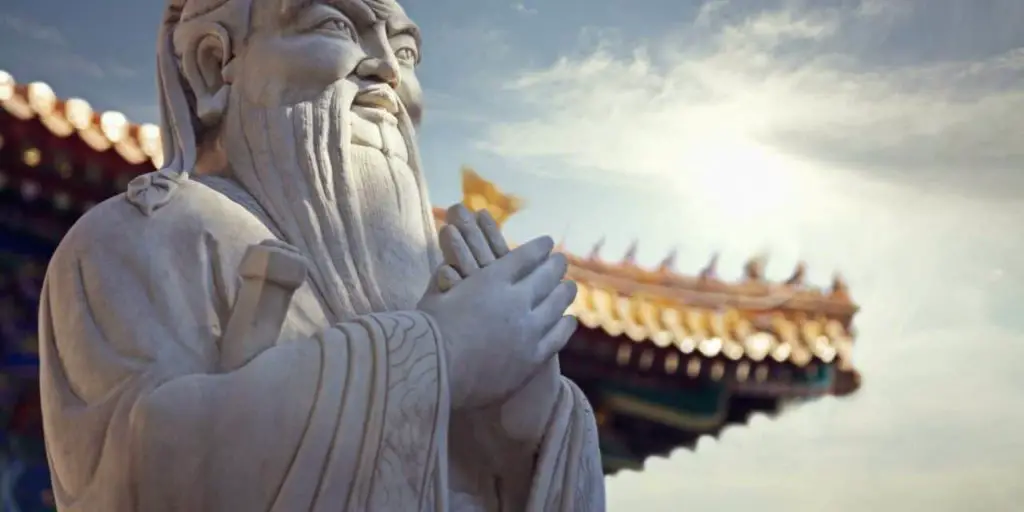
Confucius. Ideas.
Confucius built on Taoism (551 BC) by creating a moral system that emphasised tradition and the worship of the dead. Confucianism led to a major shift from a state religion to a cultural revolution, which in China was led by Mao-Tse-Tung, who had a major impact in the 20th century.
Traditional Chinese education was based on a system of hierarchy, obedience and subservience to the power of the mandarins, so Taoism was rescued as a search for harmony and balance at a time of conflict and increasing dehumanisation (see article: Taoism as a religion).
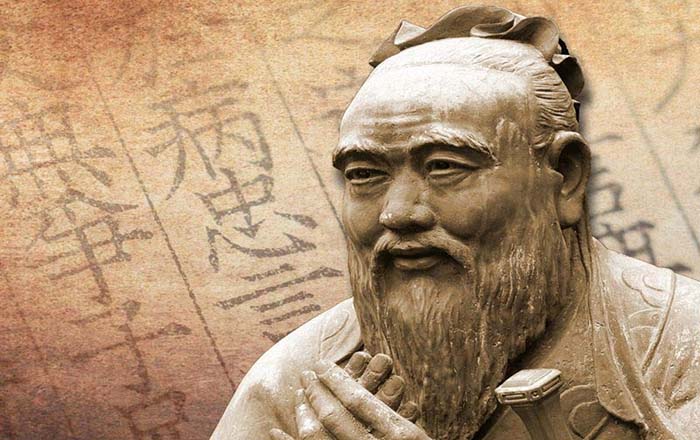
Today.
It is currently the main religion in Taiwan, where there are an estimated 2,000 temples. There are five sects that make up the so-called Association of the Five Taoist Institutes:
- Jishanpai: advocates the practice of virtue and doing good to others in order to accumulate merit for fidelity to doctrine and efforts to improve human life.
- Jingdianpai: Dedicated to the study of the classics of Taoism in order to investigate the mystery, expound true knowledge, guard wisdom, and work for justice.
- Dandingpai: Dedicated to the study of plants and minerals to learn what sustains life and will bring longevity and happiness to mankind.
- Ulupai: worshipping the spirits of the sky, ancestor worship and its followers are recognised as being close to Buddhism and Christianity (see Atheism article).





